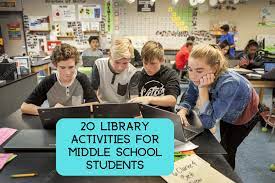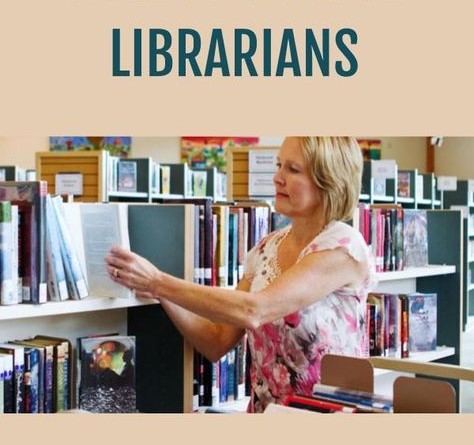In an increasingly digital world, it’s easy to assume that the role of librarians may be fading. But this couldn’t be further from the truth. Librarians play a vital role in our communities, and now more than ever, we must fight to keep them.
Librarians are not just keepers of books and quiet spaces; they are vital community assets who are on the frontline of promoting literacy and learning. They provide invaluable resources, support, and guidance to people of all ages and from all walks of life.
The Importance of Librarians
1. Nurturing literacy and education
Librarians play a huge part in promoting reading and early childhood development by offering story times, book clubs, and workshops. They help guide young readers towards age-appropriate material, fostering a love for literature early on and supporting the growth of their reading skills.
2. Assisting with Research and Information Literacy
In a world overflowing with information, learning how to locate, evaluate, and interpret reliable sources is more important than ever. Librarians possess the skills to teach individuals how to navigate complex databases, journals, and other sources of information – enabling us to make informed decisions in various aspects of our lives.
3. Digital Guidance
Librarians remain at the forefront of technological advances by staying updated on new trends in information access and digital resources. Alongside print material, they also curate electronic collections that cater to different needs – from eBooks and audiobooks to online databases.
4. Community Engagement
Libraries often serve as hubs for community programs such as art classes, STEM workshops, language courses, or various other social events which foster connections among residents or support marginalized groups.
5. Resources for Job Seekers
Many unemployed individuals turn to libraries for assistance when seeking work opportunities or improving their skillset. Librarians facilitate this process by offering focused resources, workshops, and one-on-one guidance.
How to Fight for Librarians
1. Advocate for library funding
Get in touch with your local government representatives and express your support towards increasing funding for public libraries. By allocating more resources, libraries can continue to provide excellent services and maintain a well-trained staff.
2. Utilize library services
By using the library regularly and making the most of its resources, you contribute to its relevance and prominence within the community. Spread the word about events, workshops, and services to acquaintances who may not be aware of what libraries have to offer.
3. Volunteer time or donate
Volunteering at the library or getting involved in Friends of the Library groups can provide much-needed assistance and offer additional opportunities for programs to take place. Monetary donations are also impactful – supporting new book acquisitions or enabling outreach programs to grow.
4. Share stories about librarians
Celebrate librarians on social media or write letters to local newspapers about the impact they’ve had on your life or in your community. This increases awareness about their importance and puts them in a deserving spotlight.
The future of libraries is ultimately intertwined with the value that communities place on them. By championing librarians and understanding their integral role in our society, we contribute to building a strong foundation for learning and cultural growth that benefits us all.










